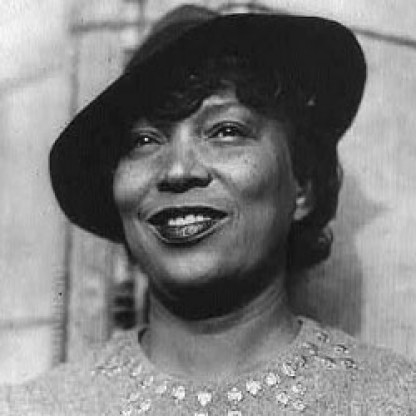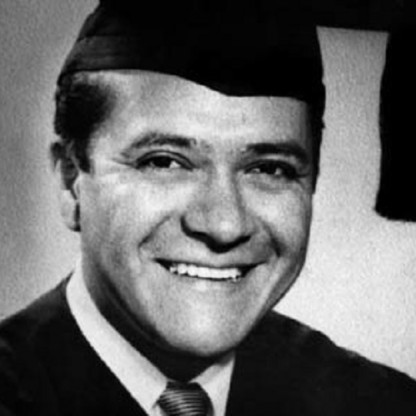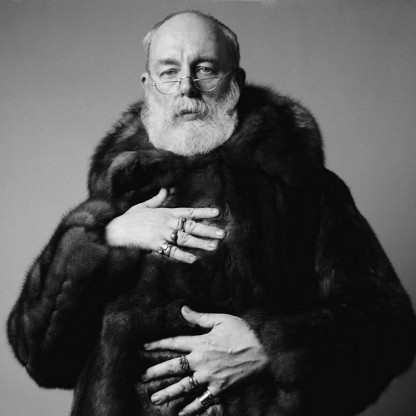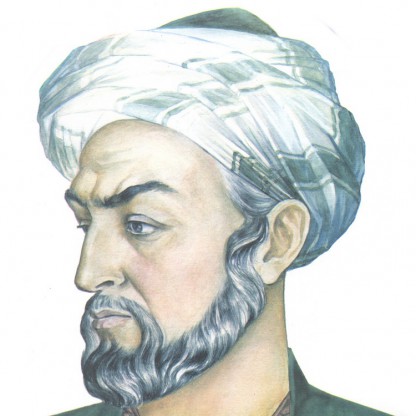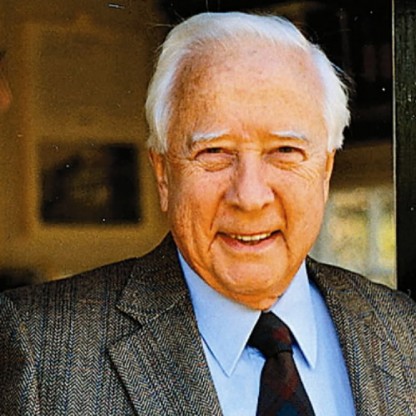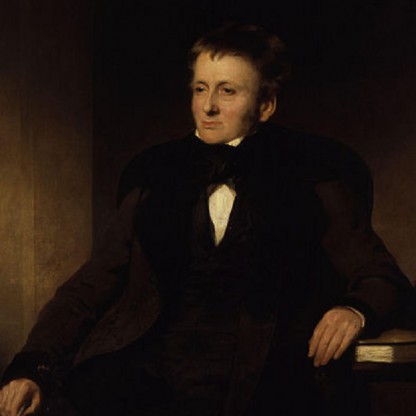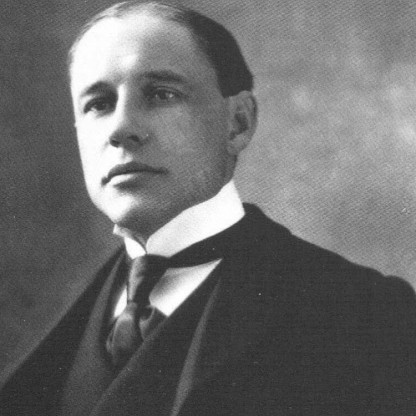Also in 1915, she was diagnosed with tuberculosis and spent the following two years in sanatoria, where she decided to become a Writer. It was discovered during that time, however, that she had bronchitis, not TB. In 1917, she began writing for the Fort Worth Critic, critiquing dramas and writing society gossip. In 1918, she wrote for the Rocky Mountain News in Denver, Colorado. In the same year, Katherine almost died in Denver during the 1918 flu pandemic. When she was discharged from the hospital months later, she was frail and completely bald. When her hair finally grew back, it was white and remained that color for the rest of her life. Her experience was reflected in her trilogy of short novels, Pale Horse, Pale Rider (1939), for which she received the first annual gold medal for literature in 1940 from the Society of Libraries of New York University.


